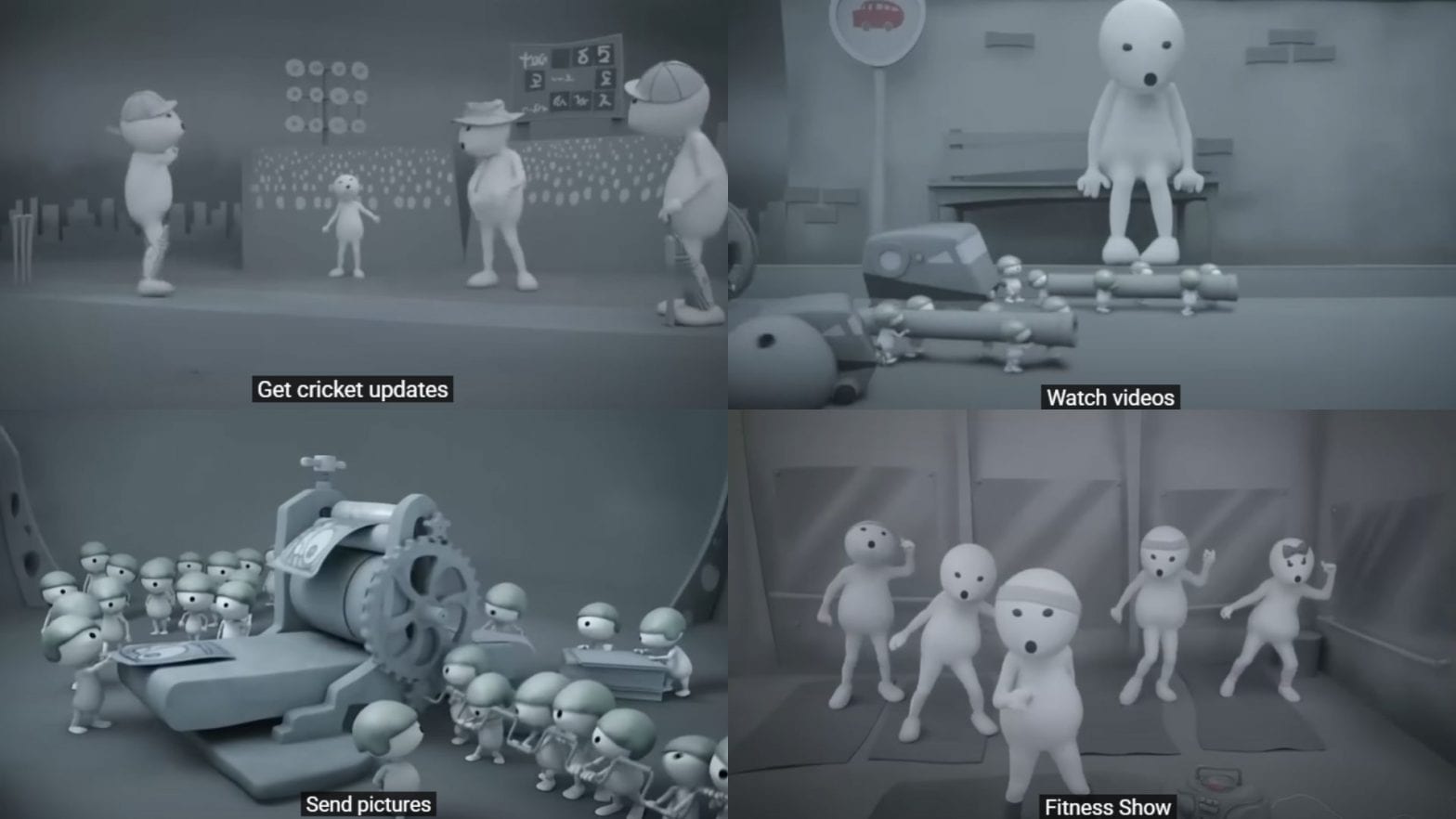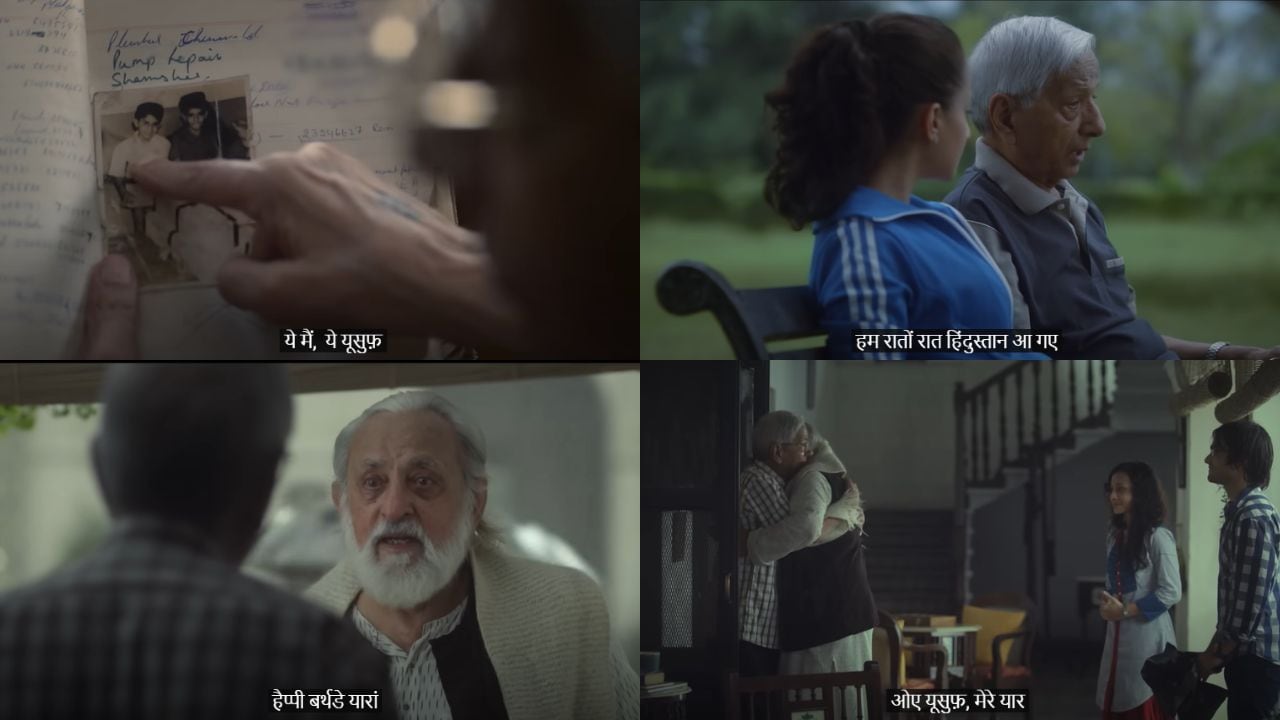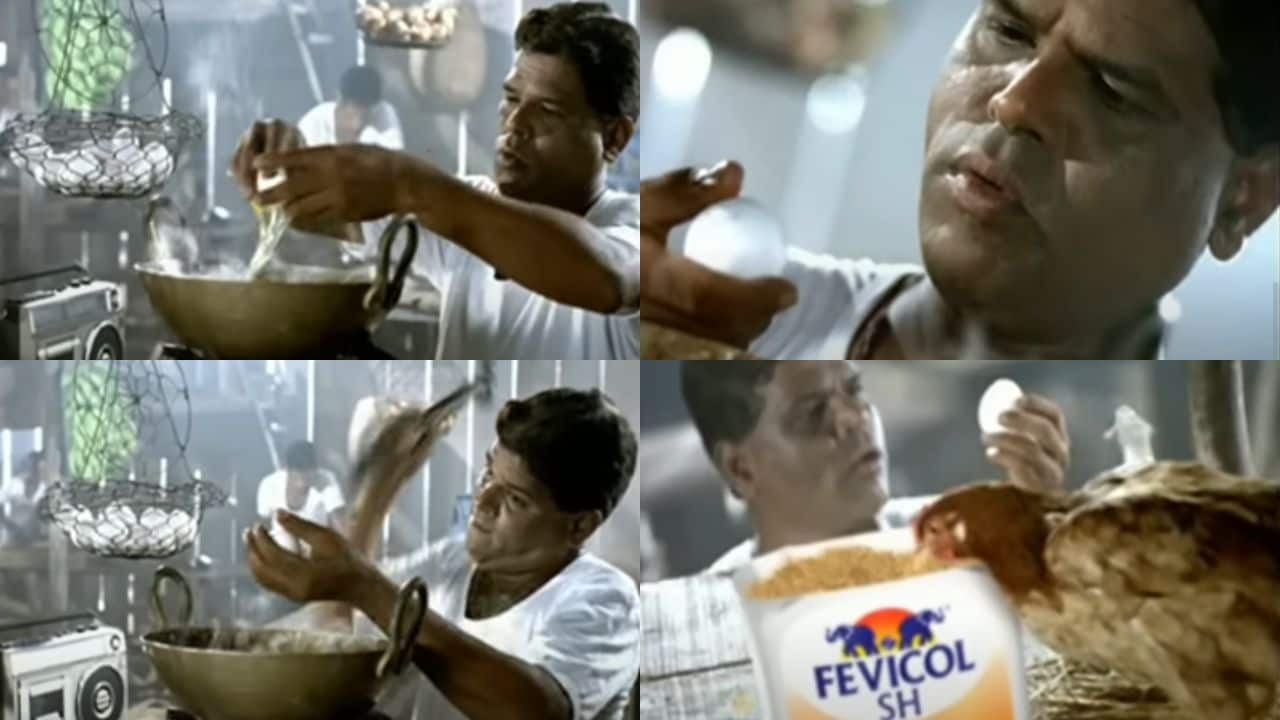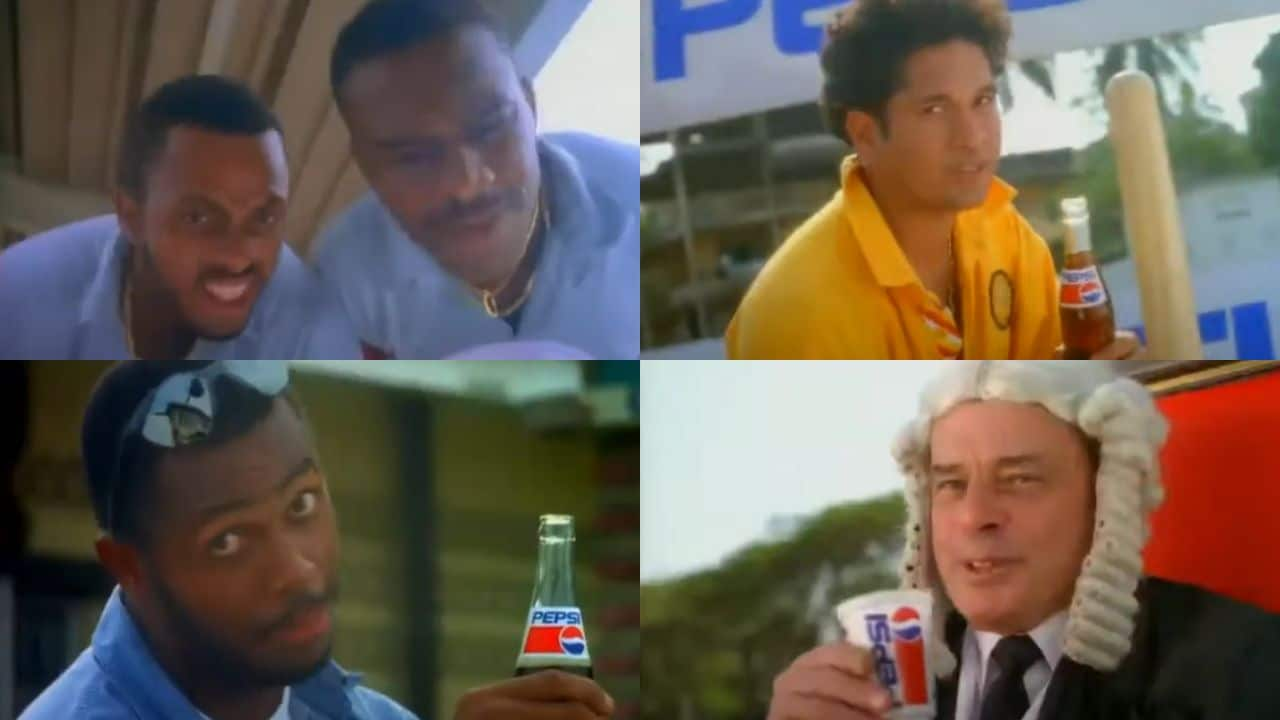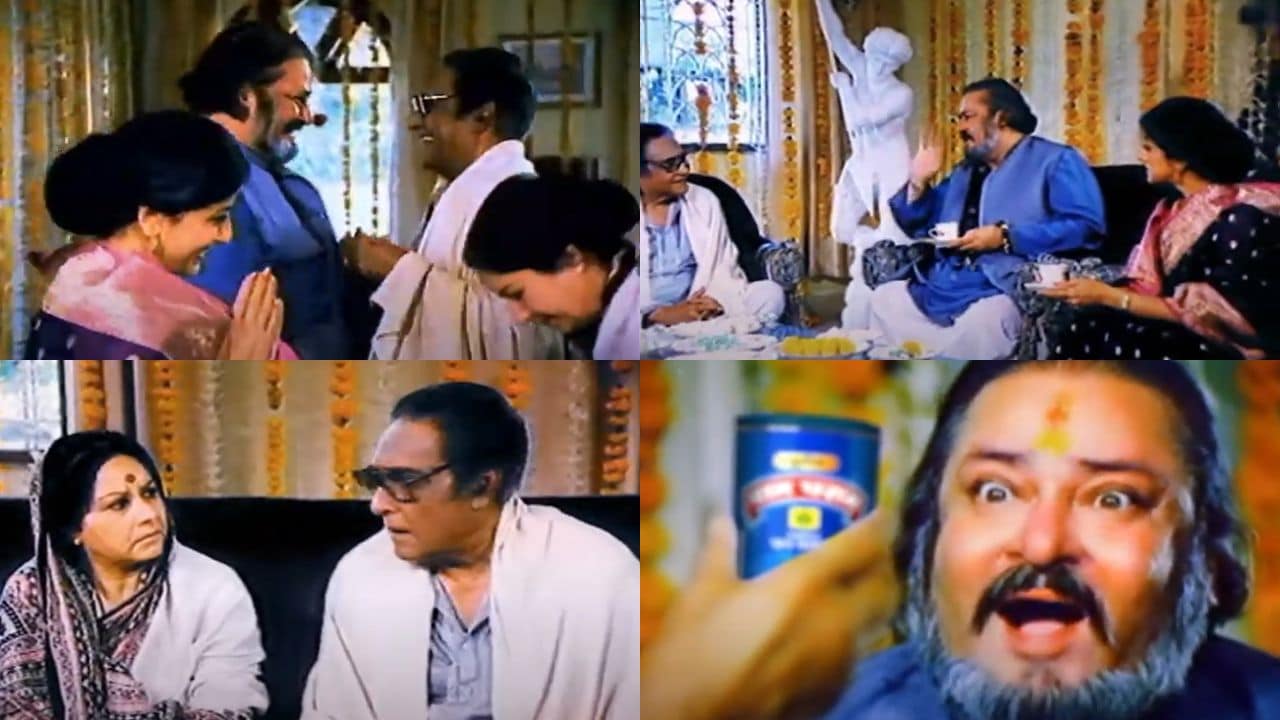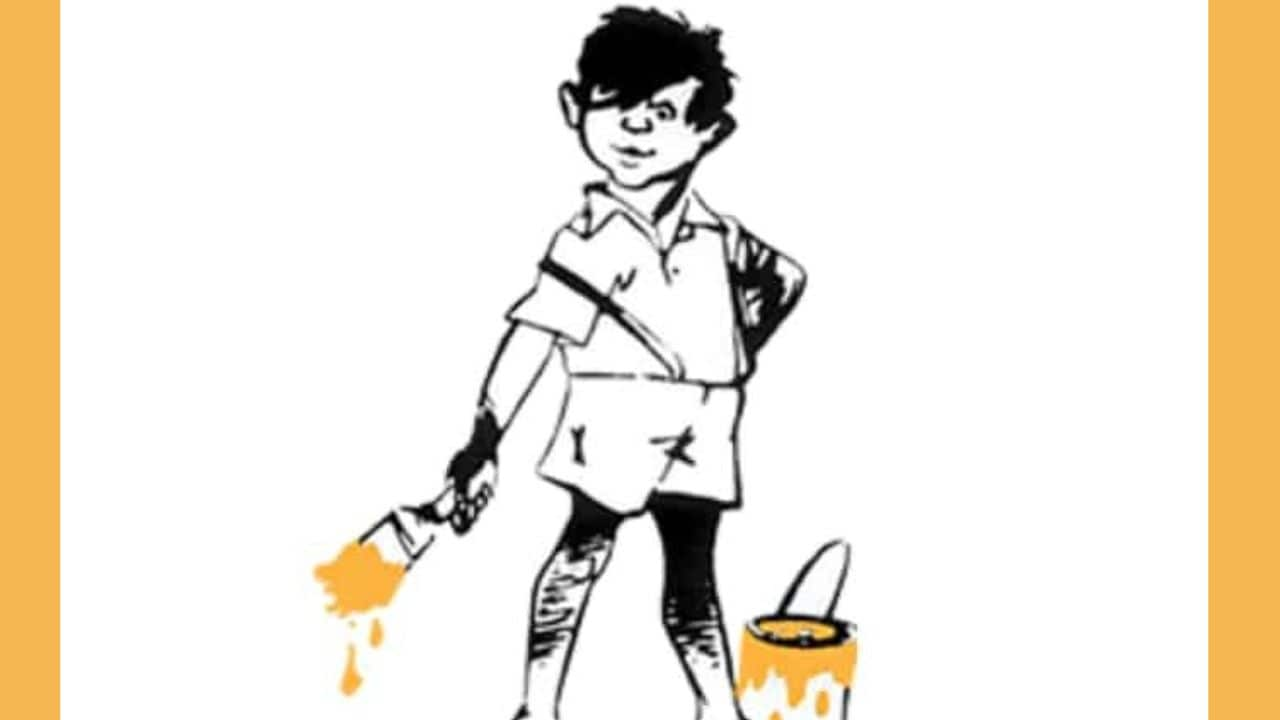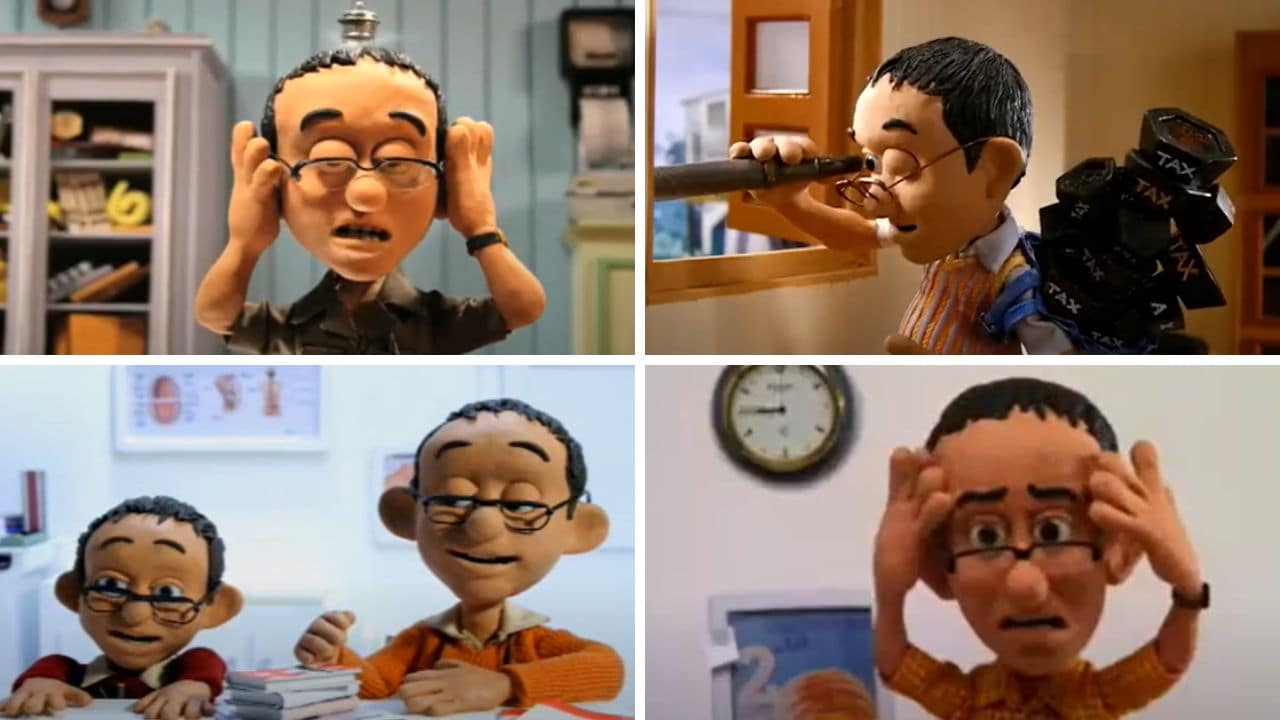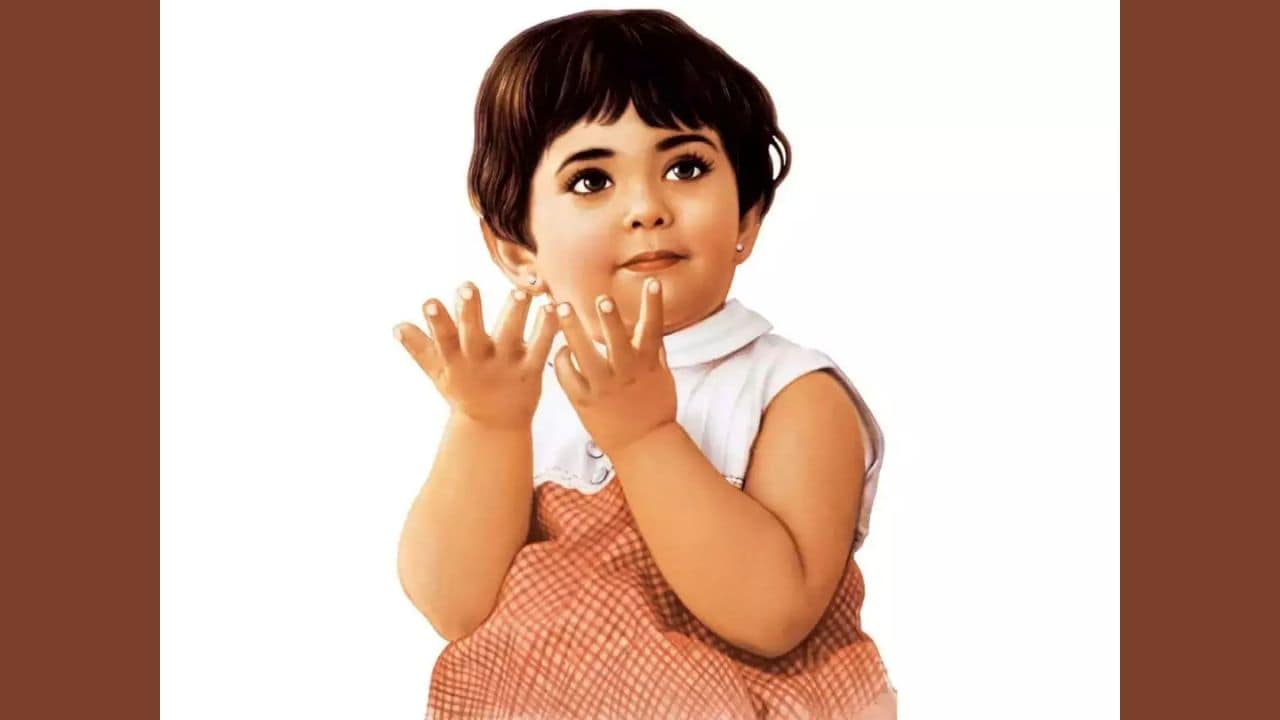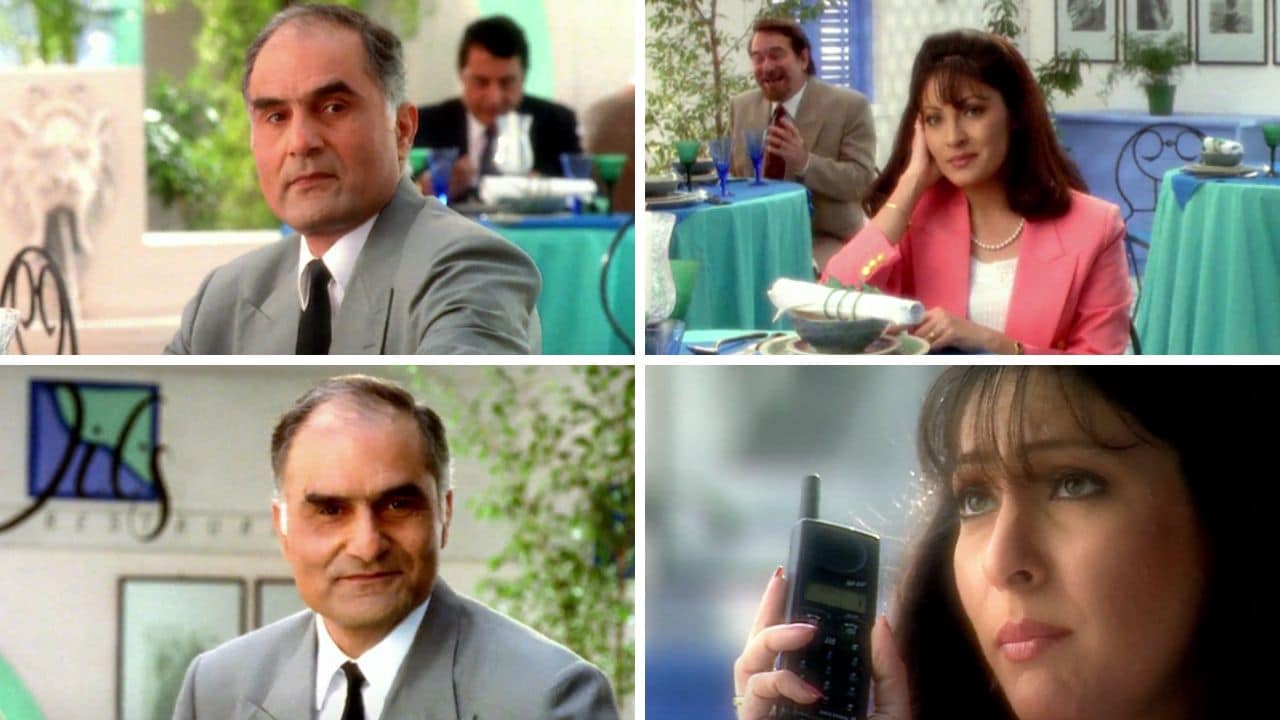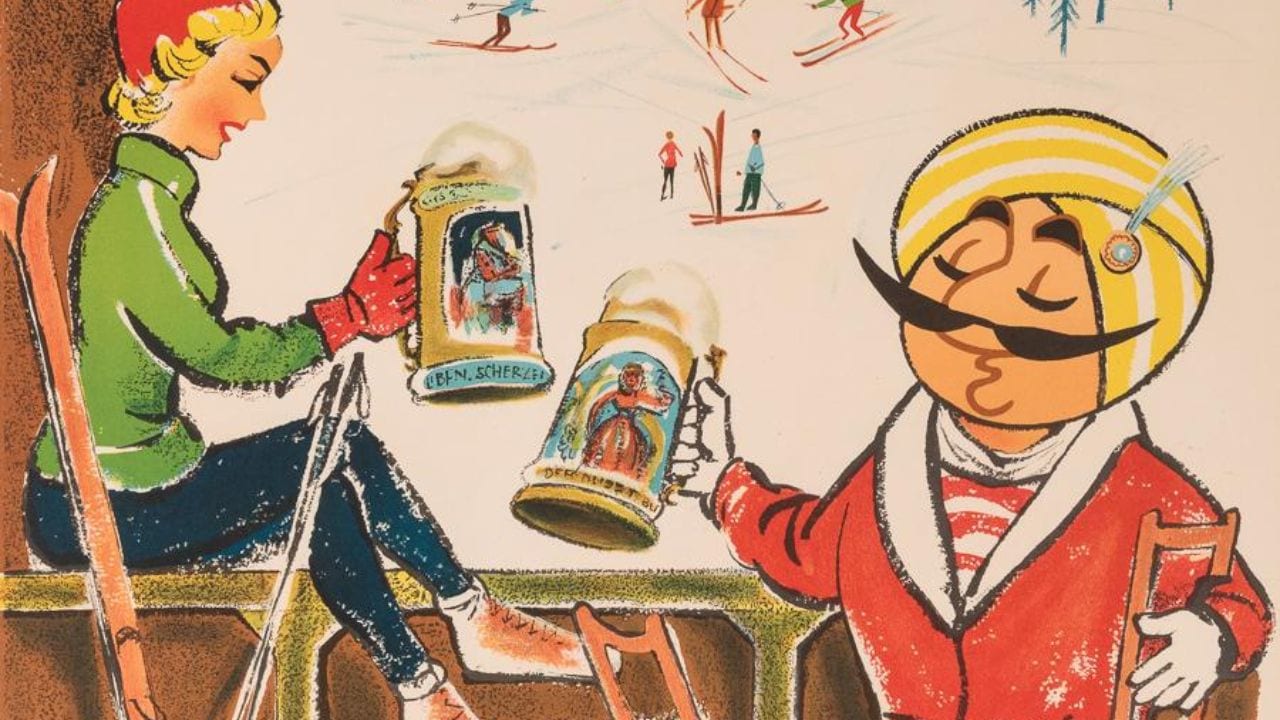Vodafone Essar’s egghead creatures with thinner limbs debuted on the screens during the second season of the Indian Premier League in 2009. Storyboard18 connected with Ogilvy’s former national creative director Rajiv Rao to know about the genesis of the ZooZoos.
Tag: Throwback
Google’s Reunion Ad: A heartwarming tale that moved many
Storyboard18 spoke to some of those involved in the making of this iconic film to piece together how a little bit India went global through this ad.
How Fevicol egg advertisement was a ‘turning point’ in the brand’s creative journey
Storyboard18 catches up with veteran adman Piyush Pandey and ad filmmaker Prasoon Pandey, who reminisce about the genesis of the 1996 iconic ad film and how it was run up to 12 times a year for a total brand recall.
How Pepsi’s ‘Nothing Official About It’ campaign stole the ‘thanda’ from Coca-Cola
Storyboard18 spoke to Anuja Chauhan, the copywriter who came up with the iconic tagline, about that carpe dieming slam dunk of a campaign.
How Pan Parag’s ‘Baraati’ ad catalysed brand endorsements among film stars
Pan Parag’s famous ‘Baraati’ ad saw the presence of thespians Shammi Kapoor and Ashok Kumar. Storyboard18 reached out to the creative team, who talked about how the ad came to be.
Why Asian Paints’ Gattu continues to strike an emotional chord with the masses
Asian Paints’ Gattu is regarded as one of the successful mascots of Indian advertising . Storyboard18 looks at the birth of Gattu, his role in the brand’s marketing, and more.
When ICICI Prudential’s Chintamani eased the burden of taxpayers
Storyboard18 delves deep into the birth of Chintamani, a claymation character, and how it contributed to the success of ICICI Prudential Life Insurance.
Parle-G & the baby face that launched a billion biscuits
The Parle-G baby, which has literally been the face of the brand for over six decades, has created a special place for itself in the history pages of Indian advertising. Mayank Shah, Vice President, Parle Products, talked to Storyboard18 about the iconic brand.
One black coffee, please: The ad that won India her first Lion at Cannes
India picked up 18 prizes at the recently-concluded Cannes Lions International Festival of Creativity. But how many remember the country’s first win at Cannes?
Lesser-known facts about the “soon-to-retire” Air India Maharaja
After Amul’s’ ‘Girl’, Air India’s Maharaja stands as the most successful mascot of Indian advertising for having entertained India for decades with his global adventures. Last year, the airline brand, whose operations were taken care of by the government, came under the wings of the Tata Group. But, in a few months, the airline will bid a permanent goodbye to the mascot which once represented royalty and hospitality.
